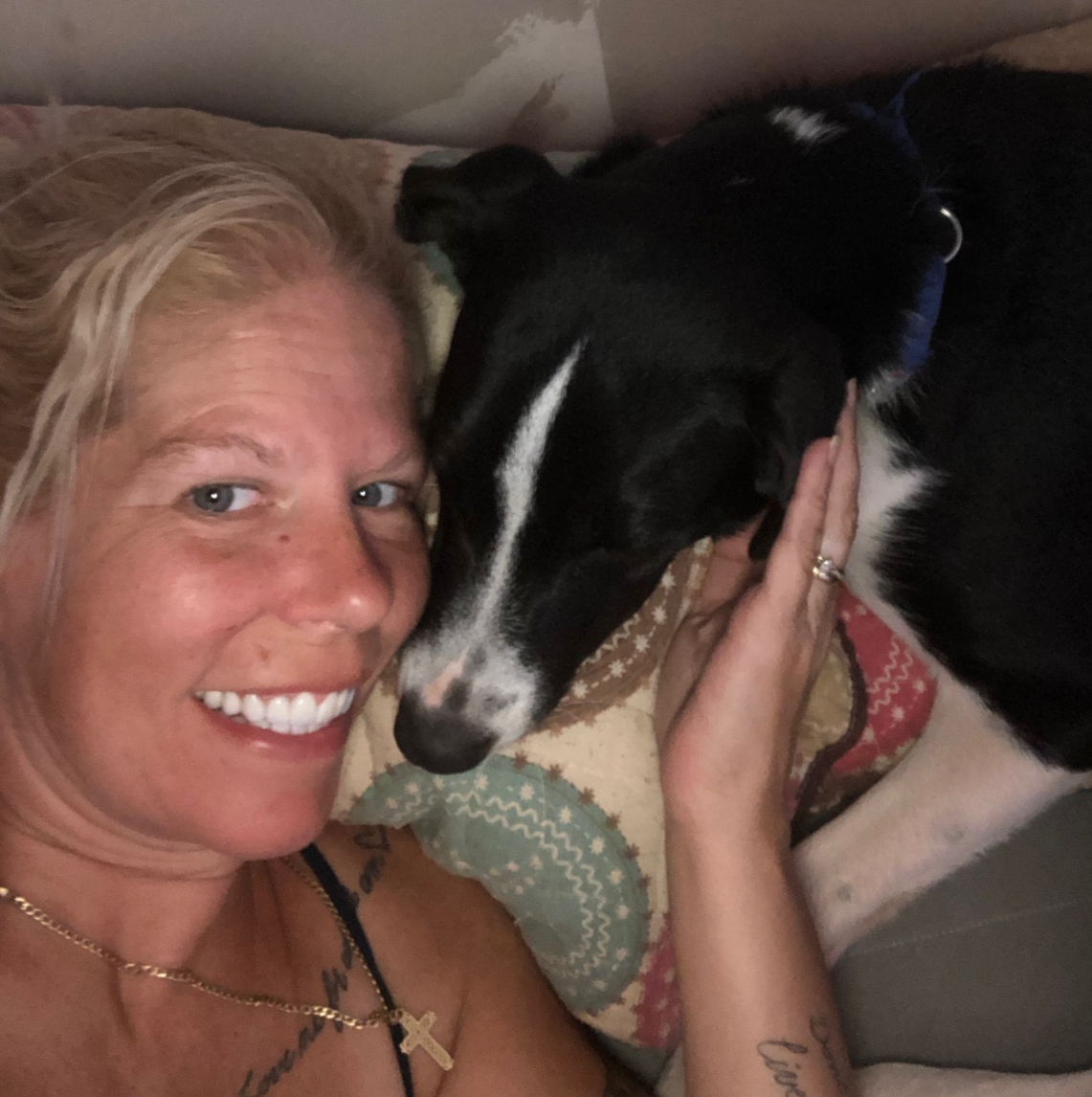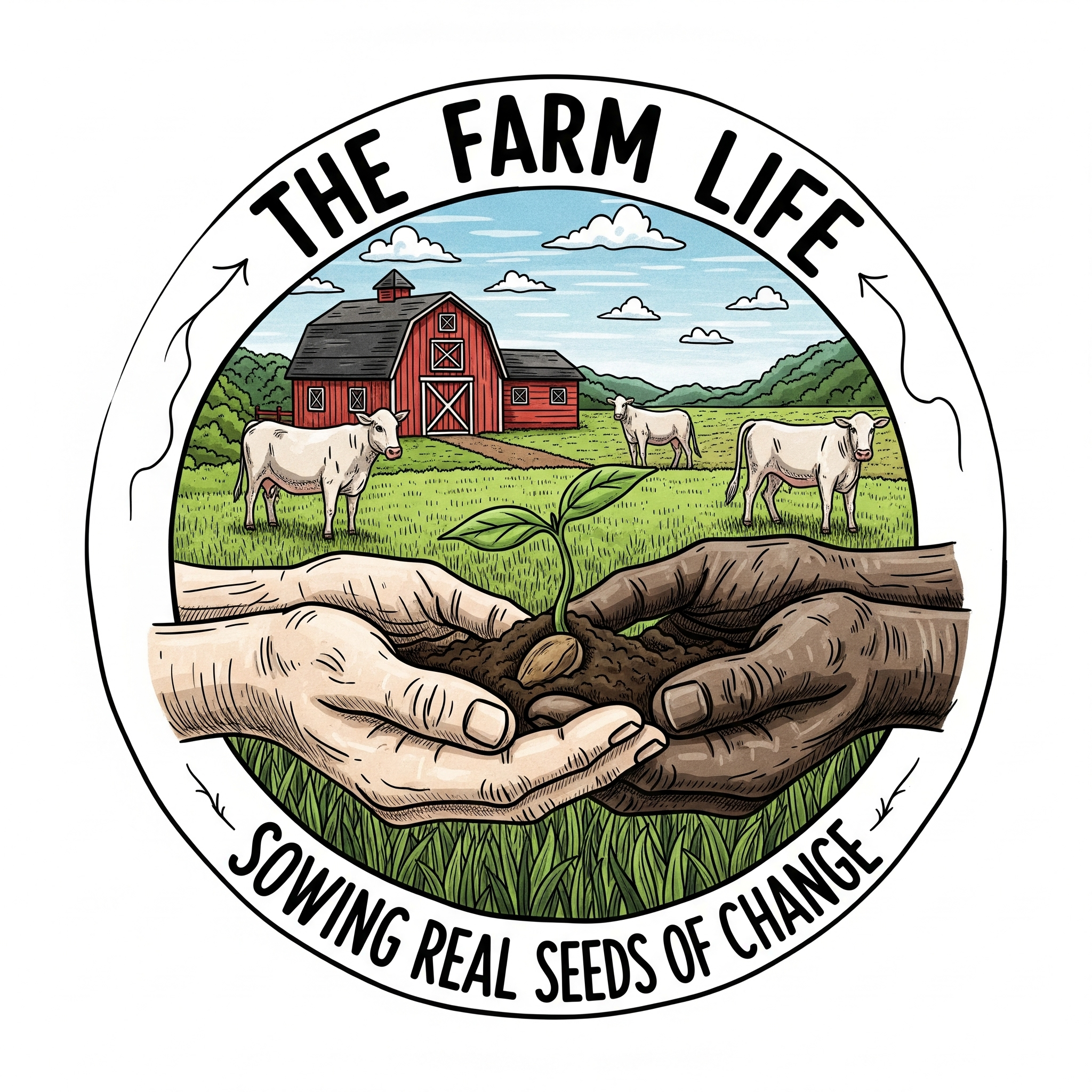🐔 Raising your own meat birds is a rewarding step toward food independence, but the process of butchering can feel intimidating if you’ve never done it before. At The Farm Life, we believe in teaching practical, humane, and respectful farming skills—especially when it comes to processing animals we’ve cared for.
Whether you’re processing broiler chickens for the freezer or culling older hens, this guide walks you through the basic steps to butcher a chicken safely and ethically.
⚠️ Note: This guide includes details about animal processing and is intended for educational purposes. Please check local laws and humane slaughter regulations before processing animals on your property.
🧰 What You’ll Need
Before you begin, gather the necessary tools and set up your processing area.
Tools & Equipment:
- Killing cone (or restraining cone)
- Sharp boning knife
- Large pot for scalding (with heat source)
- Thermometer (for water temp)
- Bucket for blood catch
- Plucking equipment (hand-plucker or mechanical)
- Ice water bath
- Table or clean surface
- Cutting board
- Clean towels
🕊️ Step 1: Prepare the Bird and Yourself
- Choose a calm morning and withhold feed 8–12 hours beforehand (but never water).
- Make sure your workspace is clean, shaded, and private.
- Breathe deeply and mentally honor the animal. Respect for the life you’re taking is part of responsible farming.
🔪 Step 2: Humane Dispatch
- Place the bird head-down in the killing cone. This calms the bird and keeps it restrained.
- Gently pull the head through the bottom and use a sharp knife to cut both carotid arteries (sides of the neck, not the windpipe).
- Let the bird bleed out completely (this takes 1–2 minutes).
💦 Step 3: Scalding & Plucking
- Dip the bird into 150°F water for 30–60 seconds. Swirl gently to loosen feathers.
- Test by pulling a wing feather. If it comes out easily, it’s ready.
- Pluck by hand or use a mechanical plucker. Remove all feathers, including tail and pinfeathers.
🐓 Step 4: Evisceration (Gut Removal)
- Remove head and feet using a sharp knife or poultry shears.
- Make a shallow cut just above the vent (anus). Be careful not to puncture the intestines.
- Insert fingers and carefully pull out the organs. Remove heart, lungs, liver, gizzard.
- Save liver, heart, gizzard if desired (called “giblets”).
- Avoid rupturing the gallbladder (greenish fluid near liver).
- Remove windpipe, crop, and esophagus near the neck.
- Rinse the cavity thoroughly.
❄️ Step 5: Chill and Package
- Submerge the bird in an ice bath for at least 1 hour to lower the temperature.
- Drain, pat dry, and refrigerate for 12–24 hours before freezing or cooking (this helps tenderize the meat).
- Vacuum seal or double-bag to prevent freezer burn. Label with date and weight.
🧠 Tips for First-Timers
- Don’t rush—your first few birds will take time.
- Work with a mentor if possible (reach out to us if you’d like to attend a local class!).
- Watch educational videos ahead of time to feel more confident.
- Take breaks and stay hydrated. Processing is physical work.
🌱 The Ethical Importance
Learning to butcher your own chickens is not just about meat—it’s about responsibility, reverence, and a deeper connection to your food. When we do it ourselves, we waste less, appreciate more, and understand the full cycle of life on the farm.
At The Farm Life, we encourage homesteaders to take this step only when they feel mentally and emotionally ready—and never alone if guidance is needed.
📣 Want to Learn More?
We’re building community resources for processing poultry and other homestead skills. If you’re interested in:
- Learning how to build a mobile chicken processing setup
- Checklist to make sure you have everything ready
👉 Follow us on Facebook @TheFarmLifeInc for updates.

Founder/CEO –At Harvesting Change & The Farm Life, our mission is to sow real seeds of change by nurturing a hands-on, inclusive learning environment rooted in sustainable farming, community connection, and traditional wisdom rooted in equity, sustainability, and social justice. We cultivate more than just gardens—we grow knowledge, resilience, and relationships that nourish people of all races, genders, and ages and the land alike.
